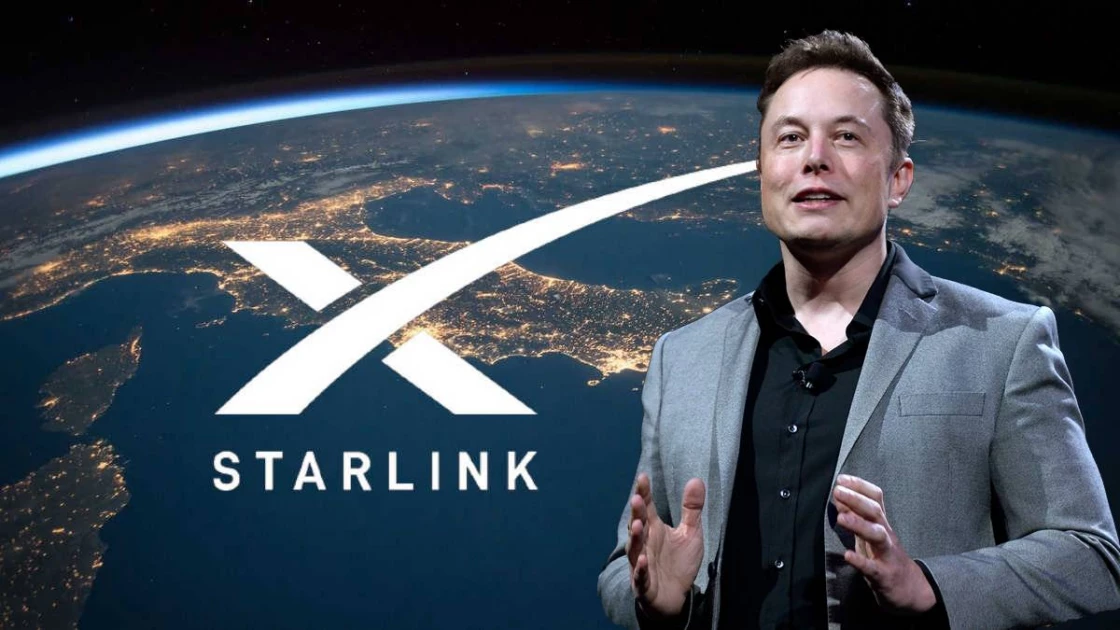Satellite internet, like Elon Musk’s Starlink, has the potential to bring significant changes to Bangladesh’s connectivity landscape. Many people in the country are still not fully aware of the distinctions between Starlink and traditional internet methods. Starlink, a key initiative by SpaceX led by Elon Musk, offers an unconventional approach to internet provision by utilizing satellites.

The primary objective of Starlink is to ensure global internet coverage, even in remote areas. Notably, Starlink’s low Earth orbit satellites contribute to lower latency, which means faster communication due to reduced distance from the Earth’s surface.
To access Starlink’s services, users need to set up equipment similar to a home satellite dish, akin to how one installs a TV DISH service. The dish receives signals from the mini satellites, allowing users to access the internet. This setup provides flexibility and accessibility, making it a potential solution for rural and distant regions.
One of the most appealing aspects of Starlink is its versatility. Whether used in urban or remote locations, users can experience unexpectedly swift internet speeds and reliable service. However, it’s important to acknowledge that there are certain limitations to Starlink. Factors such as latency, the delay in data transmission, can still pose challenges, particularly during inclement weather conditions or when the sky is not clear.
One of the notable concerns with Starlink is its cost. The service comes with a relatively high monthly subscription fee of $110, along with an initial installation cost exceeding $500. Additionally, for commercial usage, the monthly fee is even higher at $500. These costs may make it challenging for everyone to adopt the service.
Despite the cost factor, Starlink holds the promise of revolutionizing connectivity in Bangladesh. As the service gains momentum, it will be interesting to observe how well Starlink’s unique approach resonates with the country’s needs and demands. Whether Starlink can effectively address connectivity challenges and offer a viable solution on a larger scale remains to be seen.
Leave a Reply